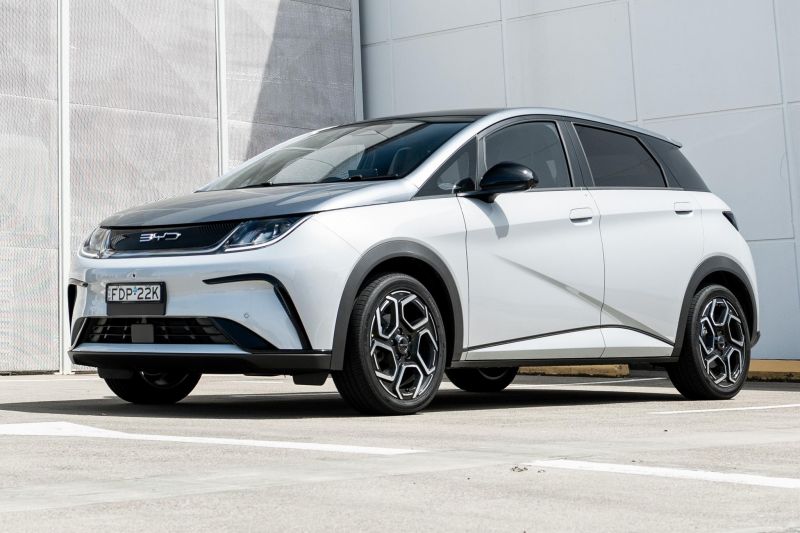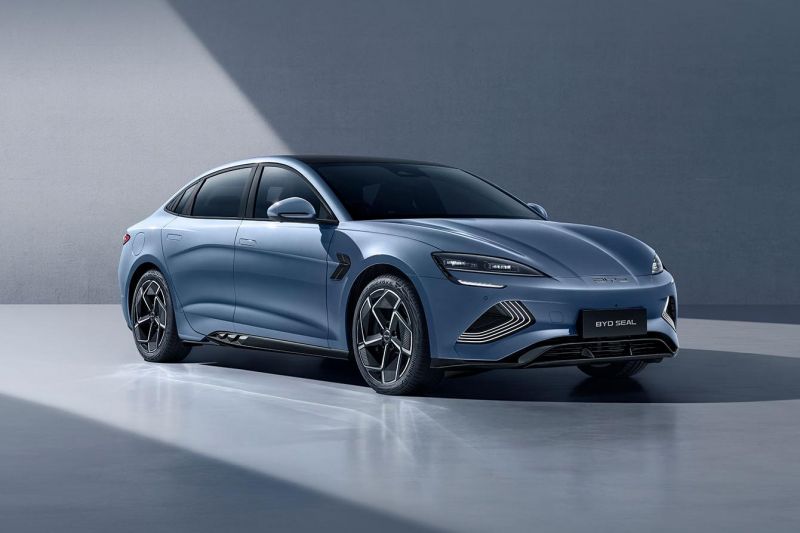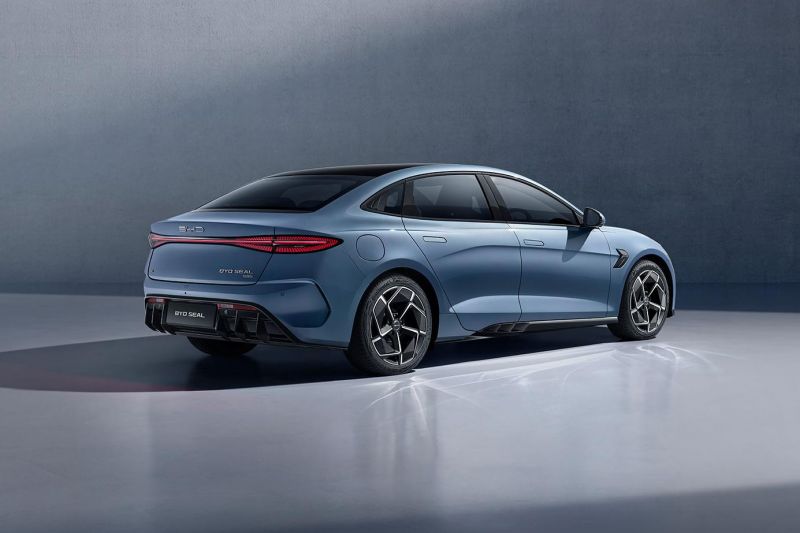Chinese electric vehicle manufacturer BYD only kicked off here 18 months ago but it already has its sights set on a top-five finish in 2025, with aspirations of becoming the number one selling brand in Australia by 2030.
Those are huge milestones even for juggernauts like Hyundai and Kia, so what makes BYD so bullish on its future here in Australia?
BYD only started deliveries of its debut model, the Atto 3, in November 2022, but it has already notched up more than 20,000 sales, with another 5000 new sales in the order bank.
And that’s just one model. BYD now has three electric vehicles (EVs) on sale in Australia: the Atto 3, Dolphin and Seal, the latter of which has only just commenced customer deliveries.
Additionally, BYD plans to introduce at least two new models each year (if not more), commencing with a mid-sized SUV and BYD’s first ute next year, both of which will be long-range hybrids claiming world-first technology compared with systems currently on the market.
Certainly, the CEO of EVDirect (BYD’s local distributor), Luke Todd, is openly confident of the brand’s rising success and lofty ambitions going forward.
“For our target of being a top-five brand in 2025 and further growth in 2026, we believe that’s perfectly achievable with the product range we have coming and the success we’ve had with Atto 3, the price point of both Dolphin and Seal and the interest level we’ve had in both those vehicles since we launched,” he said.
“We’ve been very successful in the first 18 months and we believe our trajectory will continue to grow very, very strongly.”
It’s a different story, though, if you want to reach the top spot on the sales podium against the likes of Tesla in the EV category, let alone toppling superstar brands like Toyota overall. But even then, Mr Todd seems optimistic on BYD’s future prospects in Australia.
“Our ambition is to bring the highest quality vehicles that we can to Australia and as a result of that on the trajectory that we look at and what we know we have on the market and what have coming onto the market, there’s no reason why BYD cannot reach that lofty goal comfortably by 2030,” he added.
While BYD isn’t sharing order bank numbers for the BYD Seal as yet, interest in the model alone is said to be significantly higher than for Atto 3 according to Mr Todd.
“The Seal has had the highest level of interest of any vehicle we’ve released and with the statistics that we cover very closely, we believe this is one of the most anticipated launches of all time in Australia and early sales volumes back that up,” claimed Mr Todd.
“It won’t surprise me if the Seal sales volume surpasses the Atto 3, because of the levels of interest but time will tell.
“I will point out the interest in Seal is off the charts”, he added.
Shortly after announcing pricing on October 17, BYD cut the price of its top-spec Seal Performance to $68,748 before on-road costs, allowing it to qualify for electric vehicle (EV) incentives in New South Wales and South Australia.
Prices of the Dynamic and Premium were unchanged, at $49,888 and $58,798 before on-roads, respectively.
That means the Seal’s base price is around $12,000 less than the most affordable Model 3.
Stay tuned for our review of the BYD Seal on December 20.
MORE: BYD gunning for Toyota with 30 new dealers, new hybrids
MORE: BYD Ute: Australian testing helping shape plug-in hybrid HiLux rival
MORE: 2024 BYD Seal price and specs



